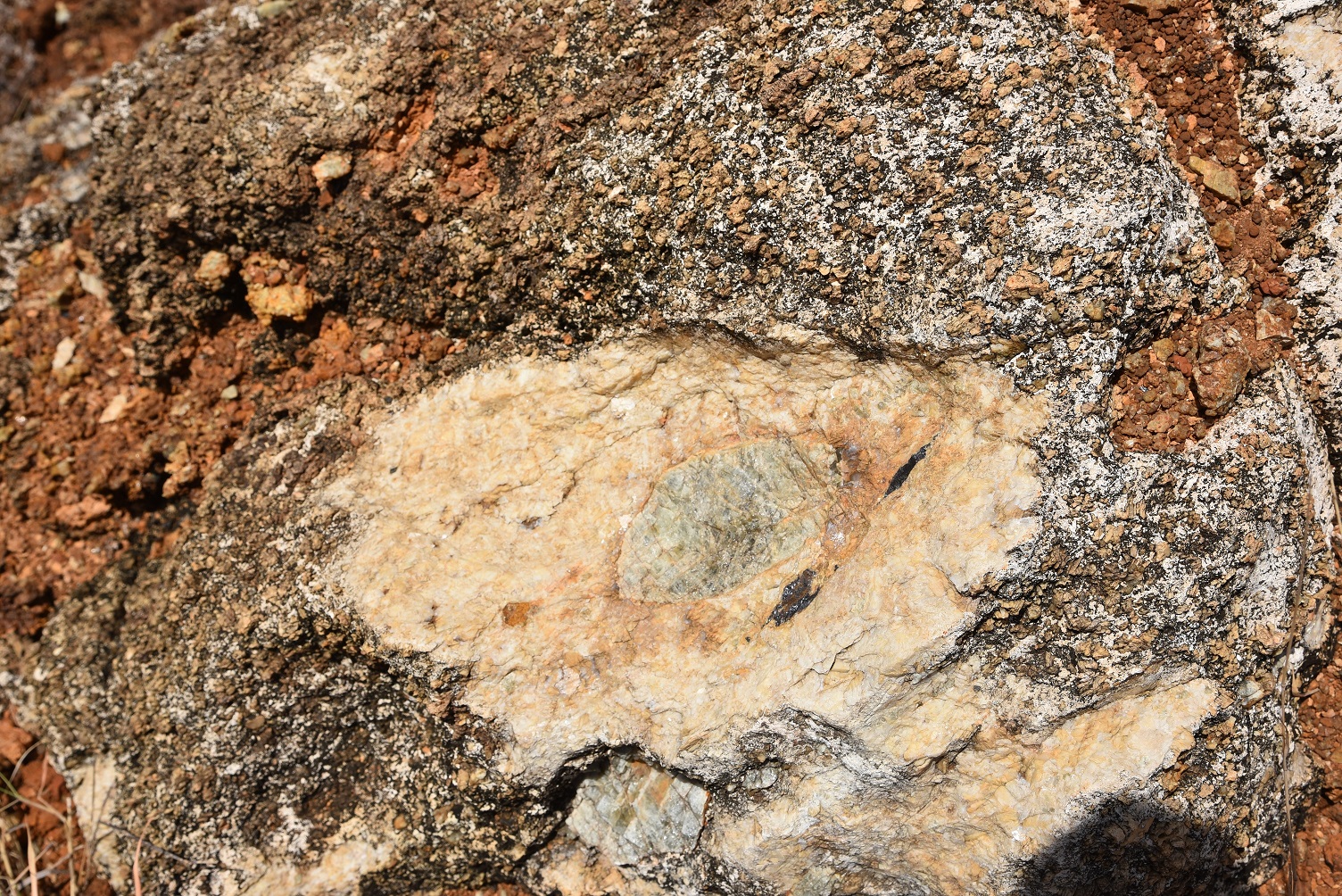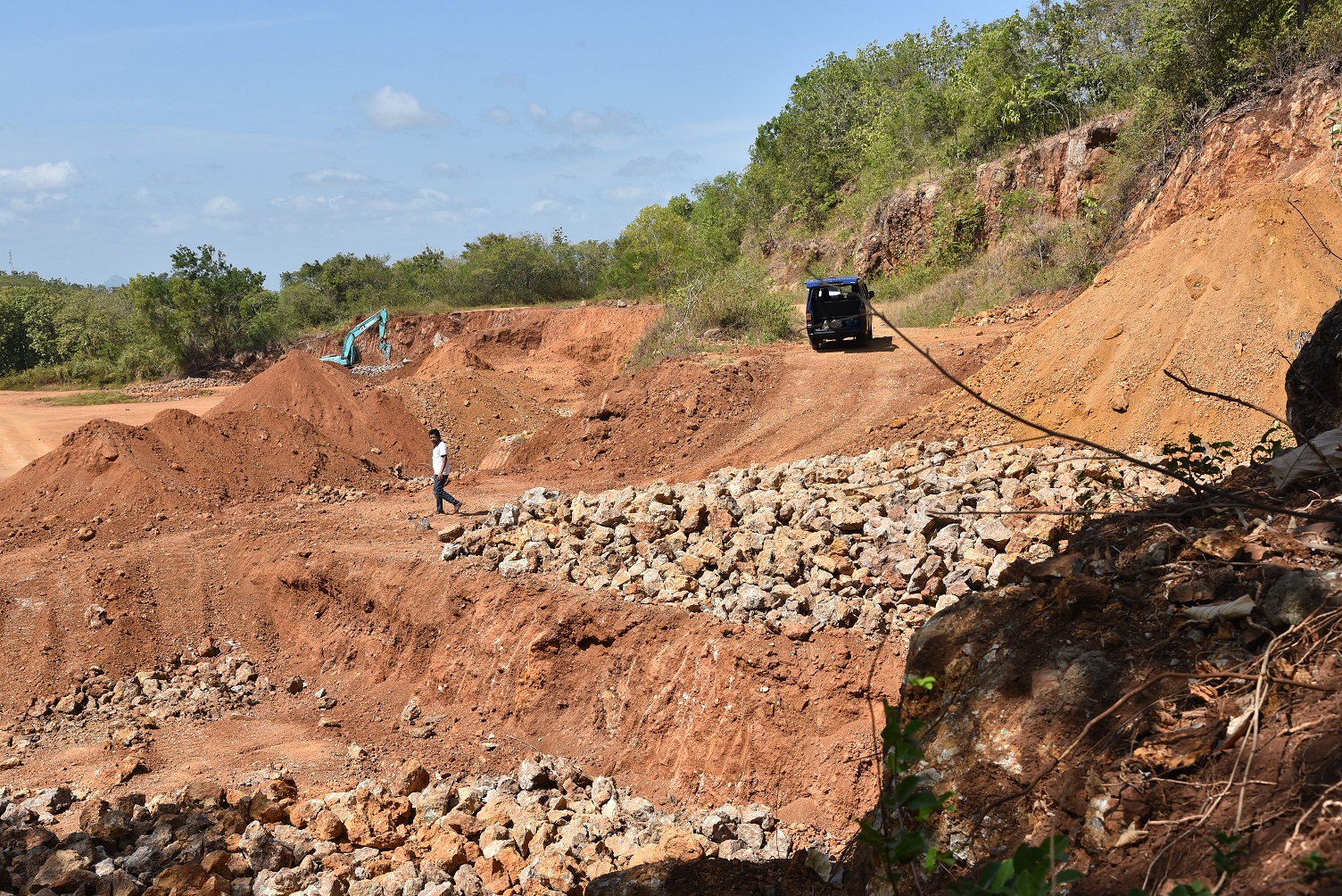Sri Lanka has a large, economically valuable phosphate deposit at Eppawala, a town in the North-Central province, located about 200 km from Colombo. This deposit was first reported in 1976. The major and primary phosphate mineral at Eppawala is Apatite. Studies revealed that the exploitable phosphate deposit is a secondary formation on an Apatite-bearing carbonate rock. Subsequent weathering has caused relative accumulation of Apatite and other secondary minerals to create the present form of the phosphate ore.
Although the Eppawala phosphate deposit is one of the largest economically important mineral deposits in Sri Lanka, no attempts had been made to determine the extent of the deposit, or to identify the precise boundaries, except for the initial survey conducted by the then Geological Survey Department (GSD) nearly half a century ago. Initial estimates were made by extrapolating the direct results obtained through bore holes. Drilling bore holes is a very expensive exercise and therefore, only a small number of bore holes were drilled. Employing modern geophysical techniques can reduce the cost and increase the accuracy of the results significantly.
The NSF funded a project to use modern geophysical techniques to identify the boundaries of the phosphate deposit and to determine the extent of same. Project was conducted by Prof. N.D. Subasinghe of the National Institute of Fundamental Studies, Kandy. Results of the study show that the original phosphate-bearing rock is an intrusion with prismatic shapes that dips in two directions. The average depth varies between 50m - 100m. The width of the intrusion is approximately 100m. Results also revealed that the phosphate ore extends further North, beyond the boundaries identified by previous surveys. This means that the ore is larger than the previously estimated size. Furthermore, those ore bodies were found to be below the surface with only few and small exposures on the surface.
As a follow-up study, fine-tuning of the magnetic signatures can be done to categorize the different weathering stages of the phosphate-bearing rock and thus identify the economically usable and unusable areas of the deposit. This should be followed by geological mapping for confirmation. Finding hitherto unknown extensions of the phosphate ore will have great economic benefits to the country, since phosphate is an essential ingredient in fertilizer. If Super Phosphate fertilizers are produced locally using Eppawala phosphate, a considerable amount of foreign exchange spent on importing fertilizer could be saved.



